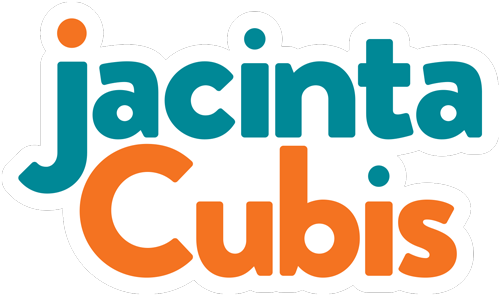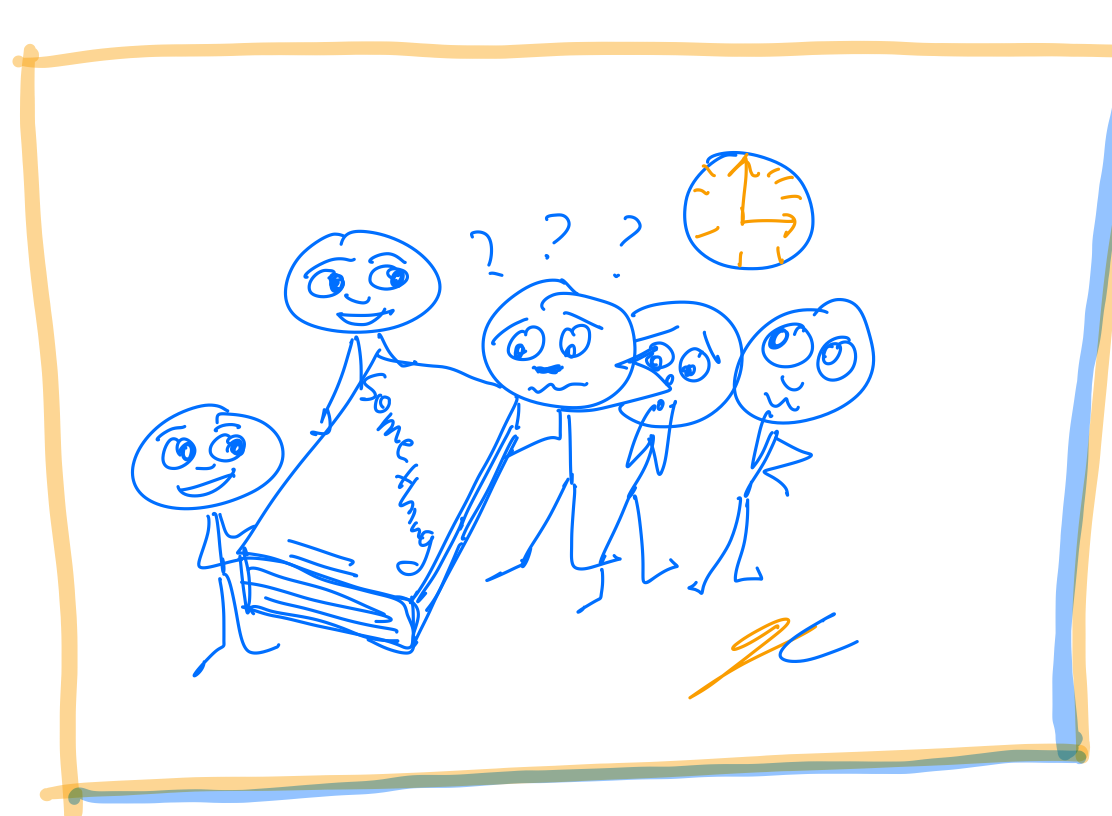Clear content is gold
Asking people what they think about ‘Something’ is great.
But if that ‘Something’ is not clear, what’s the point?
‘We can’t make an informed contribution if we’re not well-informed,’ as one participant lamented recently.
‘And we need time to get our heads around it,” he added.
Clear content and time to consider it. That seems pretty straightforward, right?
Not always.
I guide a lot of conversations where people are asked to respond to changes, big and small. Or to fill in the gaps in our understanding of a local issue. Or to come up with ideas to solve a problem.
For some of these conversations, getting clear content from ‘Something Experts’ is hard work. Harder than it needs to be.
Asking people to respond, contribute and create without good content is like sending people on a treasure hunt without any clues or a map.
With a bit of luck, intuition and perseverance, they might ‘get there’. Some might even strike gold, but at what cost?
Some of the conversations I guide are with people at night or on weekends. People who give up their time to participate, after a long day at work, study or caring for family.
Other conversations are with leaders who have carved out a few hours in their day to contribute their ideas.
It often feels like we never have enough time. Every minute is precious.
No matter what the topic is or who they are, everyone needs clear content and plenty of time to consider it.
Poor information wastes everyone’s time and undermines trust. Good information is one of the most powerful ways to build trust, according to the 2022 Edelman Trust Barometer. Their report states that:
‘Every institution must provide trustworthy information. Clear, consistent, fact-based information is critical to breaking the cycle of distrust.’
So, what gets in the way of clear content? Here’s a few things I’ve noticed.
Creating content for us, our boss – not our audience. Take a minute to ask what are they thinking about, feeling, seeing and hearing right now? Draw pictures of your audience, cut them out of a magazine and stick them on your computer screen or the wall behind it. If you’ve spent some time with them, what questions do they usually ask? What are they interested in? If you can’t imagine a minute in their shoes, stop writing and pick up the phone and talk to them, or someone like them.
Content by committee. Too many cooks do spoil the broth when it comes to clear content. ‘Something Experts’ bring the ingredients. Writers create the content than engages and informs. When these two experts respect each other’s roles, clear content is the result. Managers and leaders, trust both of these experts to play their part. Park your red pens. Only make that edit if you are absolutely certain it will make things clear for the audience.
Buried messages. Too often, the main point comes at the end. It’s like we want to justify ourselves, so we spend a lot of time on the background and the history. Our main point is buried in the last paragraph or sentence. Every audience is busy. Make it easier for them to digest the content by stating the main message up front. If your content was a newspaper article, what’s the headline? What’s the lead paragraph?
Words. Too many. Too flowery. Too technical. Flip it. What can we say in pictures? With an infographic? A picture speaks a thousand words is a cliché for a good reason. Even if we end up with written content, thinking in pictures can help to make it clearer.
There are many more barriers to creating good content.
What are some that you've noticed? I’ve love to hear. Just comment below and let me know.
(Illustration: Jacinta Cubis)
P.S. If you like this blog and want to support it, you can*:
1. Forward this blog to a friend with an invitation to subscribe right here: https://www.jacintacubis.com/sign-up-to-jacinta-wonders
2. Talk to me about speaking at your next event
3. Buy my e-book HUM.


